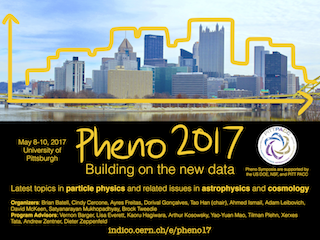Speaker
Description
In this talk, I will discuss a novel program of fixed-target searches for thermal-origin Dark Matter (DM), which couples inelastically to the Standard Model. Since the DM only interacts by transitioning to a heavier state, freeze-out proceeds via coannihilation and the unstable heavier state is depleted at later times. For sufficiently large mass splittings, direct detection is kinematically forbidden and indirect detection is impossible, so this scenario can only be tested with accelerators. I will focus on proposed new searches at proton and electron beam fixed-target experiments to probe sub-GeV coannihilation. These searches exploit the distinctive signals of up- and down-scattering as well as decay of the excited state inside the detector volume. I will focus on a representative model in which DM is a pseudo-Dirac fermion coupled to a hidden gauge field (dark photon), which kinetically mixes with the visible photon. Within this framework, I will present the existing bounds obtained by reanalyzing results from previous experiments. I will show that LSND, E137, and BaBar data already place strong constraints on the parameter space consistent with a thermal freeze-out origin, and that future searches at Belle II and MiniBooNE, as well as recently-proposed fixed-target experiments such as LDMX and BDX, can cover nearly all remaining gaps.
